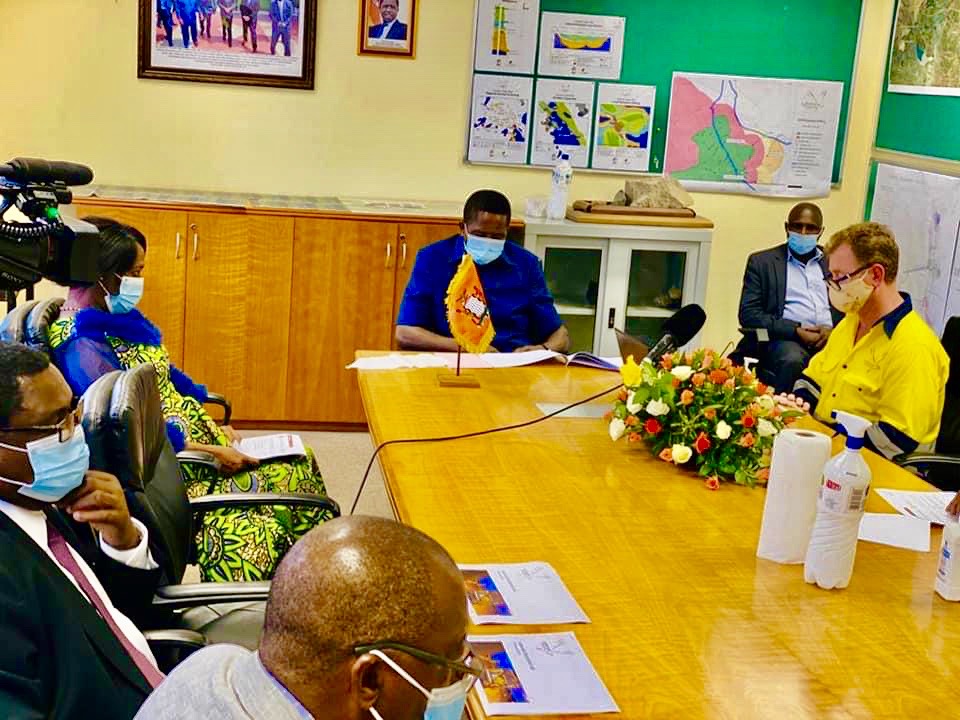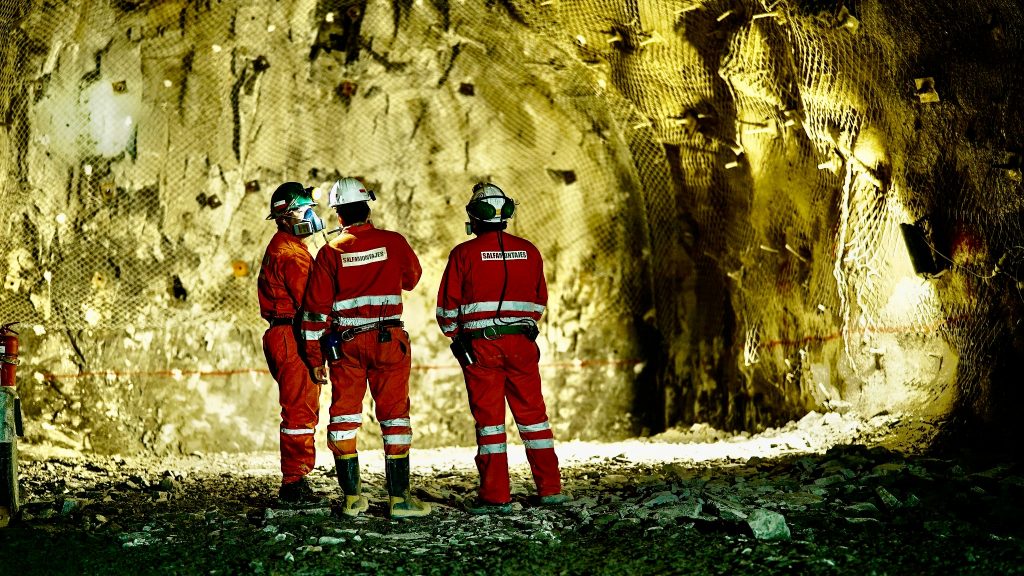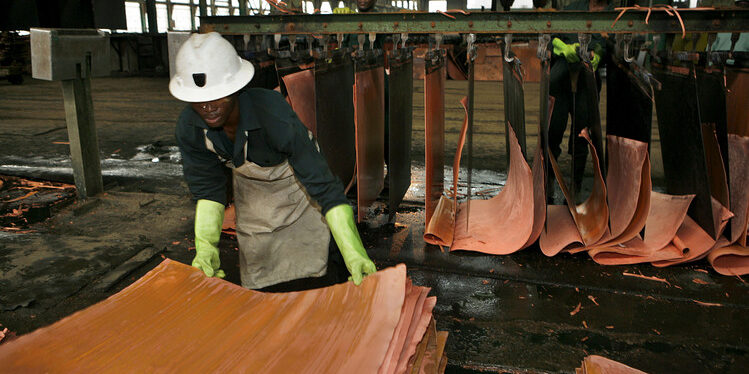Global fiscal infrastructure spend glues coppers bull case for the next decade
It’s an element with atomic number 29 and relative atomic mass of 63.546 on Mendeleevs periodic table for chemical engineers, while scientists in these pandemic times say the metal is poisonous to the deadly cororna virus. To Chile, Peru, Democratic Republic of Congo, Indonesia, Mongolia and Zambia it spells tax revenues for public finance balancing. To the business faculty, Dr. Copper is a bellwether and barometer for economic pulse. Copper, the metal used in manufacture of electric wires has just cemented its bullish case on the London Metal Exchange – LME after a trillion and half dollars worth of potential approved global infrastructure spend was inked.

The United States Congress just approved a $579 billion infrastructure stimulus program, additional spend to the $1.2 trillion, a few billions of green back worth of spend short of what President Joe Biden had initially requested for while the European Union – EU is going flat out green with $280 billion climate change sensitive infrastructure projects accounting for 37% of the recovery fund for green transition as the second largest economy in the world China already inked a $600 billion stimulus package aimed at boosting infrastructure spend towards railroads.
HEALTH CARE AND CLIMATE CHANGE ARE COMPETING FOR FISCAL WALLET
Deviating from the current status quo, public healthcare and climate change (or green agenda) are cementing a strong correlation on account of competing for the same fiscal share of wallet.

The two are the worlds top risks and are shaping how decisions will be made going forward. Pandemic times have shown the value of human capital as the most important factor of production while its associated habitat is under threat and siege from economic activity driven by immoral appetite for profits at the expense of its preservation. It is at the this point that the decarbonisation agenda is birthed and the need to act socially responsible can never be re-emphasised because $2.3trillion of global gross domestic product is at stake by 2050 if drastic action is not taken. The 29th element in the periodic table, copper, can only say thank you for green projects for making the world realise its real worth in such uncertain times.

COVID WILL GO BUT CLIMATE CHANGE WILL REMAIN
As soon as COVID19 phases out, climate change will regain its shine snatched by the pandemic currently. It is vivid that if drastic action is not taken now by the worlds richest that are the biggest polluters of the environment $23trillion worth or GDP will erode by 2050. Swiss Re-institute has further revealed that economies will shrink twice as much as then impacted by COVID if climate change is ignored. The G7 summit flagged this concern while guilty of bailing out companies in fossil fuel industry during the pandemic making them rethink how best to win the climate change fight by changing the criteria of extending funds by asking those in need to demonstrate as a prerequisite what they are doing towards global de-carbonisation.

A GREEN AGENDA IS REALLY DRIVING THE BULL CASE FOR COPPER
For nations like Zambia, Chile, Peru, Democratic Republic of Congo, Mongola and Indonesia, the bull case means better tax revenues for respective fiscal coffers and ultimately absorption of fiscal deficits especially after their widening in pandemic periods. More nations in Africa and other emerging markets are re-organising their mining sectors through shareholding increases or tax changes to maximise benefits of the rallying metal prices whose momentum is expected over the next decade or two, as the electric car and solar energy era persists. One recent key producer was Zambia, Africa’s second largest hotspot, who as part of its Economic Recovery Plan – ERP launched in December of 2020 has gone all out to re-organise its stake in key mining assets and now has controlling stake in one of the worlds biggest mines namely Konkola and Mopani Copper Mines situated in the copper belt of Africa.

The rally in metals provides an opportunity for the Southern African nation to correct some of the 30 year privatisation era mistakes where the state had privatised the mining assets as retained minority holding putting them at a receiving end of a hard bargain with then powerful conglomerates that controlled the assets. However working capital for operationalisation of the key mines to maximise output will still be key at a time Zambia’s default credit rating incapacitates capital raising on the international capital markets on the back of suppressed sentiment. This still leaves the red metal producer with the option of equity partnership while keeping a majority stake which is the norm in capitalistic private sector led economies comparing to a socialist state like Chile that owns mines fully.

Other sovereigns that have changed their taxation policy to benefit more from mining assets are the Democratic Republic of Congo revisited this faculty a few years back which it dubbed was long overdue while Chile is in the process of reviewing its mining taxation policy.
SUPPLY CHAIN CONTROL OPPORTUNITY FOR PRODUCERS
Never in the history of the world has the call for copper producing and exporting countries been so visible to allow for control of supply chains in response to global demand. One such grouping was in 1967 formed in Lusaka but eventually phased out due to members conflicting interests later in the 80s. However the evolution of demand and supply fundamentals have triggered for greater calls to reignite CIPEC supported by the need to harmonise taxation and profit retention for producers.
The opportunity for value addition remains immense and untapped and does provide a platform for exploitation that free market economies have championed to be eradicated once and for all. Copper producing nations do face homogenous challenges over and above profit retention and taxation such as the the greater need to aggregate and support to small scale miners as was held in the Democratic Republic of Congo.
![]()





